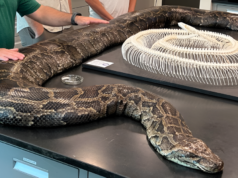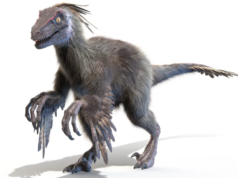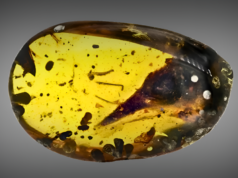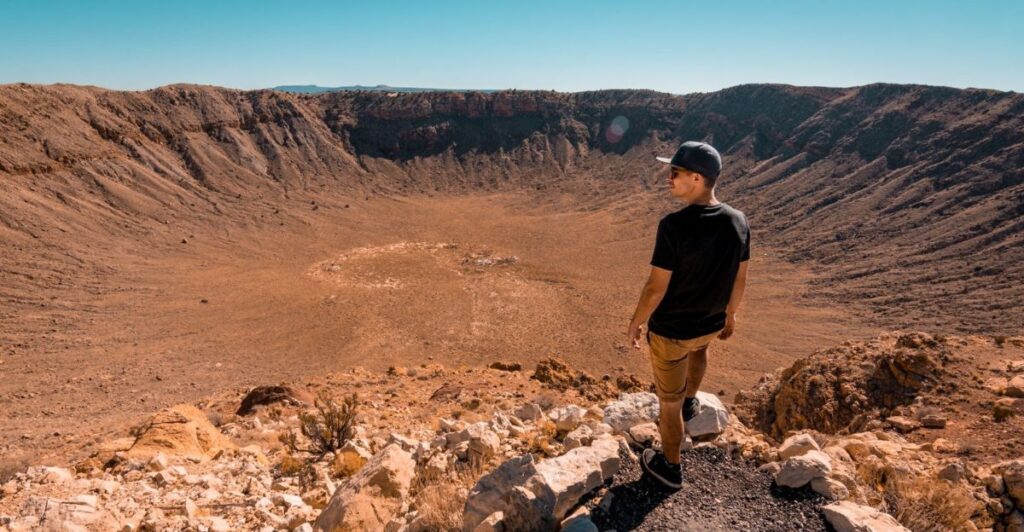
Meteorites have been pelting the Earth for as long as it has been around. There are around sixty impact craters in the United States alone, with some being much bigger and more preserved than others. Here are some of the greatest craters in America.
Barringer Crater
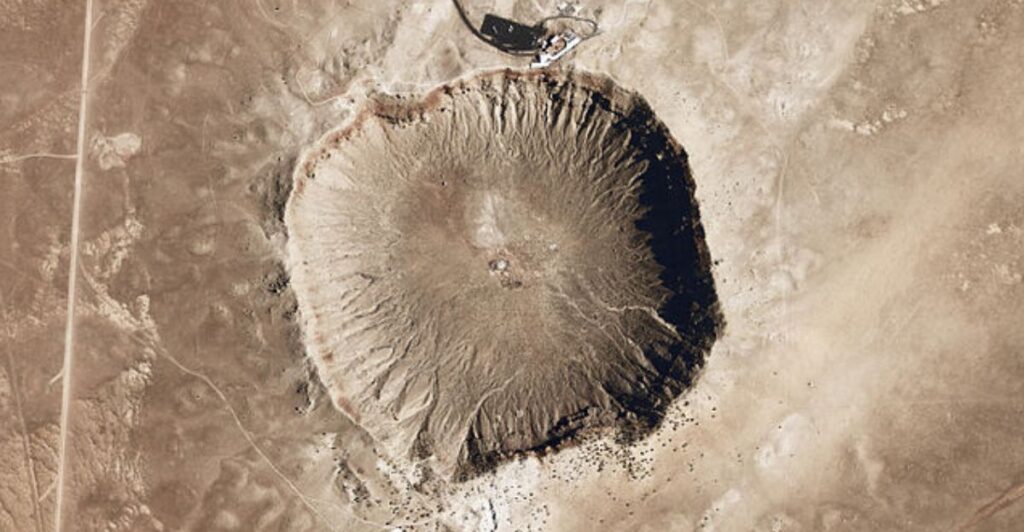
Approximately 50,000 years ago, a meteor collided with Earth. It left a crater in Northern Arizona more than 3.2 miles in diameter. The crater is called Barringer Crater or Meteor Crater, and the meteorite that created it burrowed 560 feet deep.
Chesapeake Bay Crater, Virginia
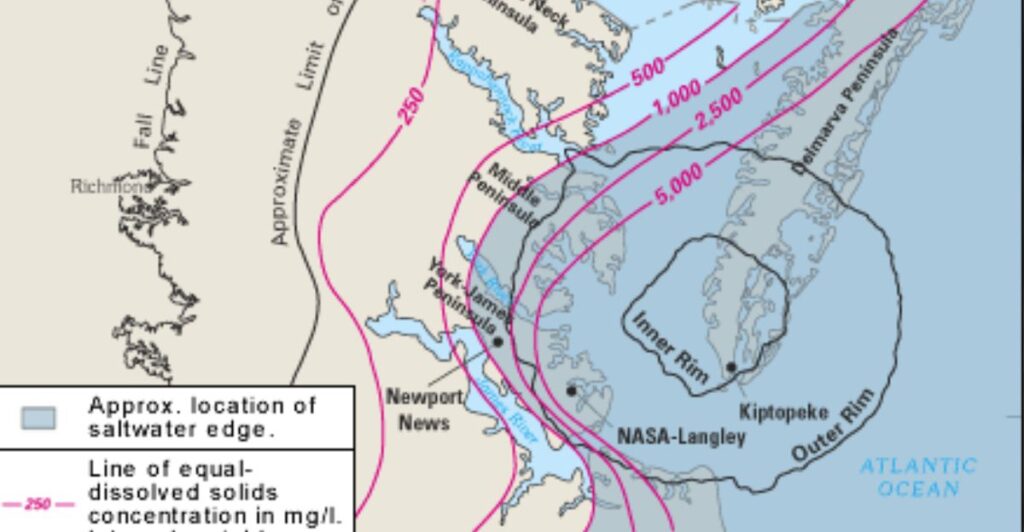
The largest impact crater in the United States is the Chesapeake Bay crater. It is much older than Barringer Crater, which is why it is not as well-preserved. The asteroid impacted the ocean, creating a crater around 35 miles wide. While no one was around to record it, the impact likely created large tsunamis and geological changes to the land around it.
Wetumpka Crater, Alabama
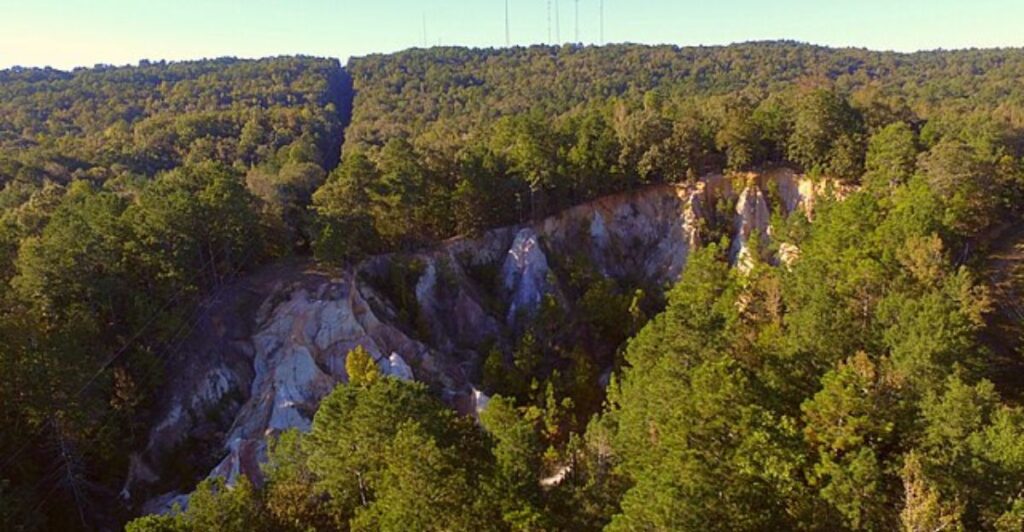
Only recently recognized as an impact site, the Wetumpka crater was created by a meteor impact around 80 million years ago. The crater was only found in the late 1990s and is more than 4 miles wide.
Sierra Madera Crater, Texas
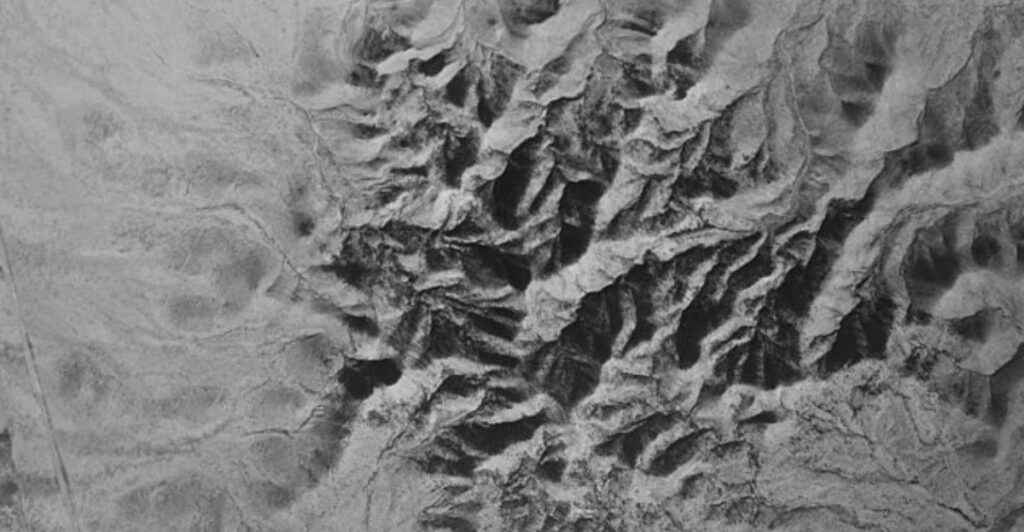
Texas is home to the Sierra Madera Crater near Pecos. The crater is 36 million years old according to experts and can be seen from nearby highways. The crater is used as a training ground by Nasa and is around 8 miles wide.
Avak Crater, Alaska
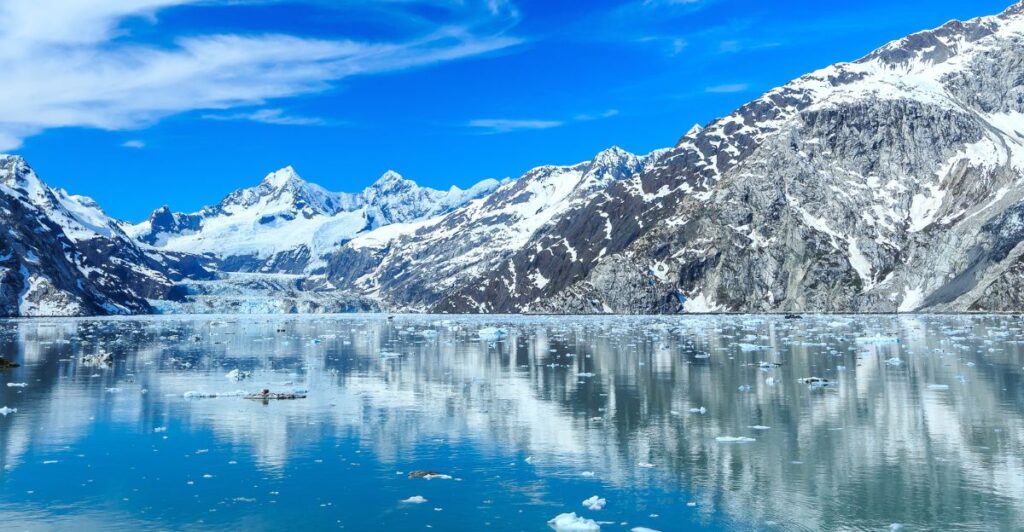
The Avak Crater is a unique impact site because of where it was discovered. The crater was first discovered in the 1940s but with it being underneath the Arctic plains of Alaska, it was only confirmed in 1995. The crater is not accessible but it believed to span 5 miles across.
Glasford Crater, Illinois
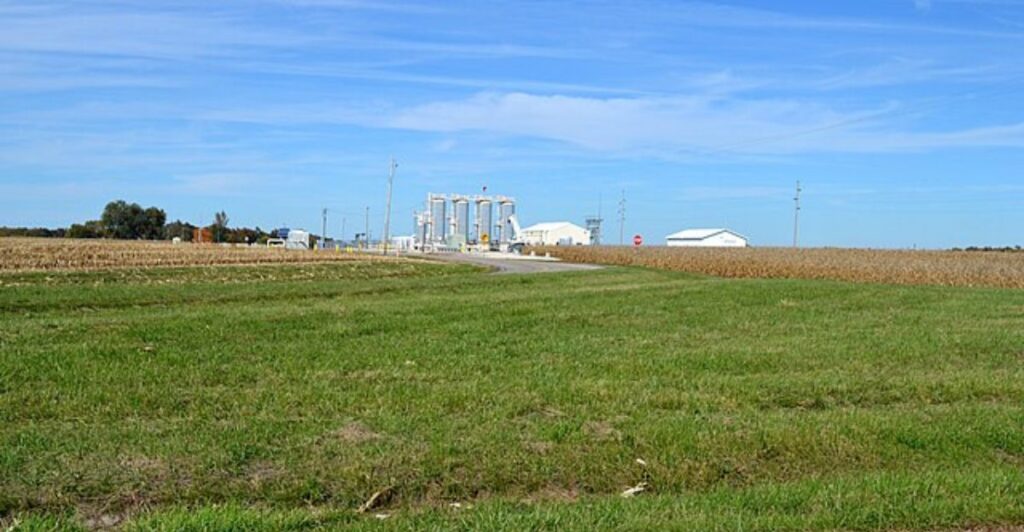
The Glasford Crater is one of the oldest impact sites, being estimated at 430 million years old. The size of the crater is on the smaller side at just 2,5 miles wide. With the age of the crater, it holds important data on ancient impacts and how it’s affected the local geography.
Odessa Meteor Crater, Texas
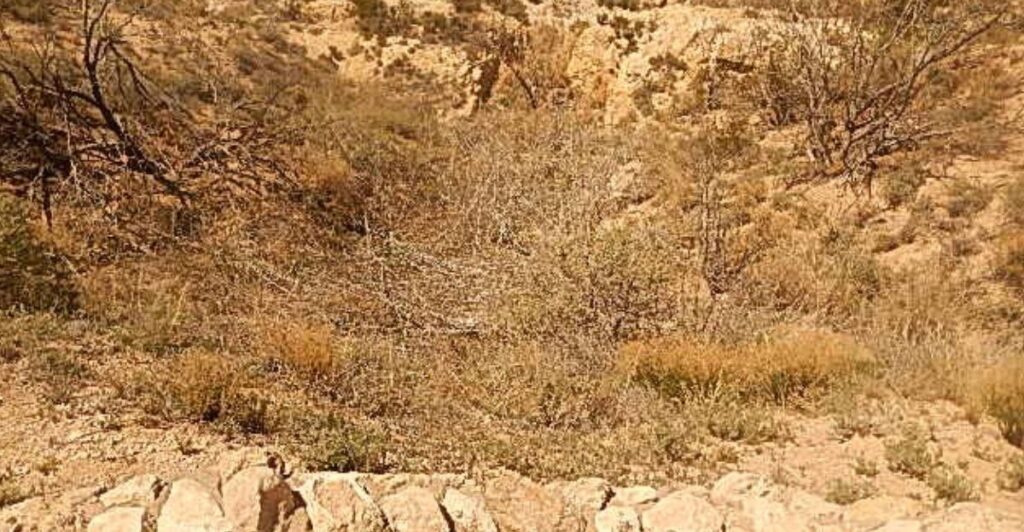
The Odessa Meteor Crater is only just over half a mile wide and is relatively young, being created around 63,000 years ago. The surroundings of the crater has been littered with thousands of iron-nickel meteorite fragments.
Flynn Creek Crater, Tennessee
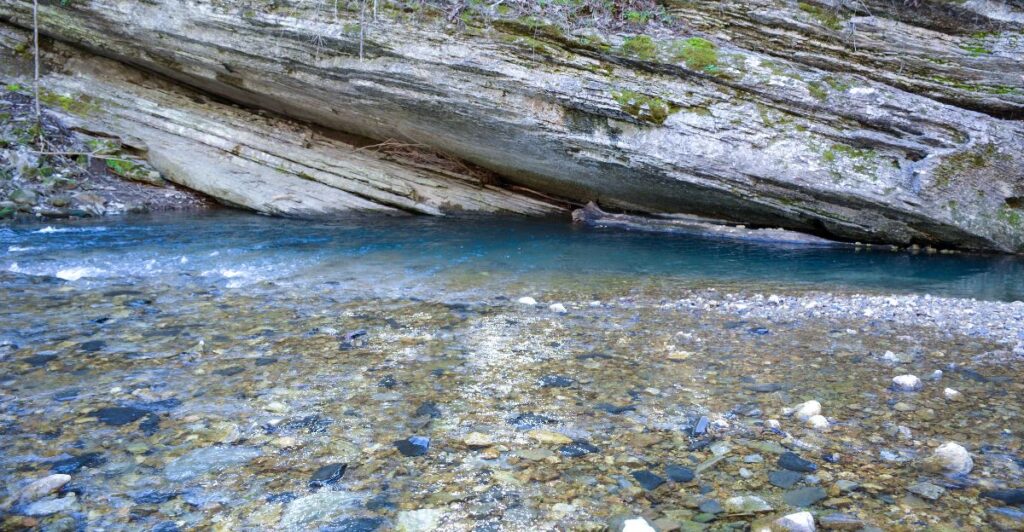
In Tennessee, the Flynn Creek Crater was created when a meteorite hit what was, at the time, shallow seas. The 320 million-year-old impact is around 2.5 miles wide and has historical significance, detailing how the meteor interacted with the terrain long ago.
Cloud Creek Crater, Wyoming
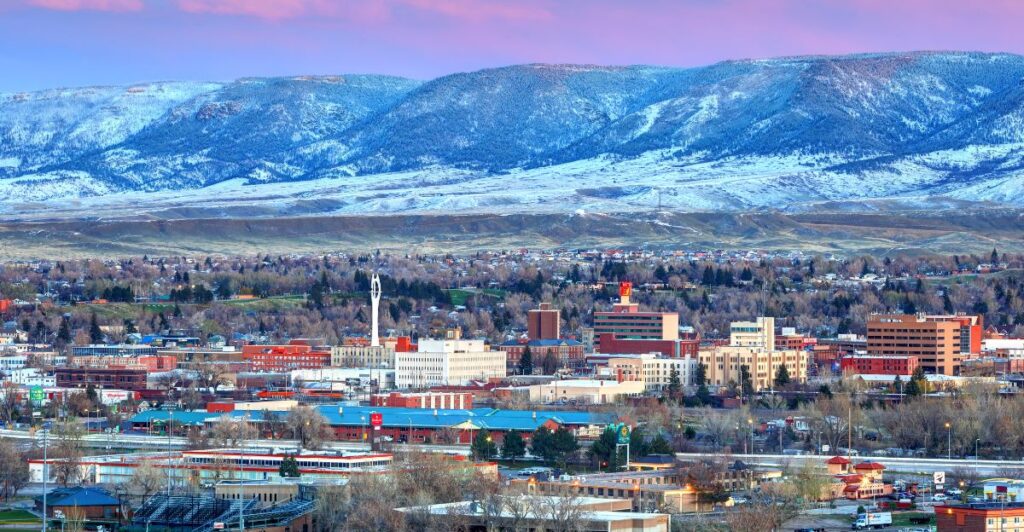
The Cloud Creek Crater dates back to the early to middle Jurassic period when dinosaurs were the apex species of the time. The crater is around 4 miles wide and is not visible on the surface, but it was discovered after drilling for oil and gas in the area.
Ames Crater, Oklahoma
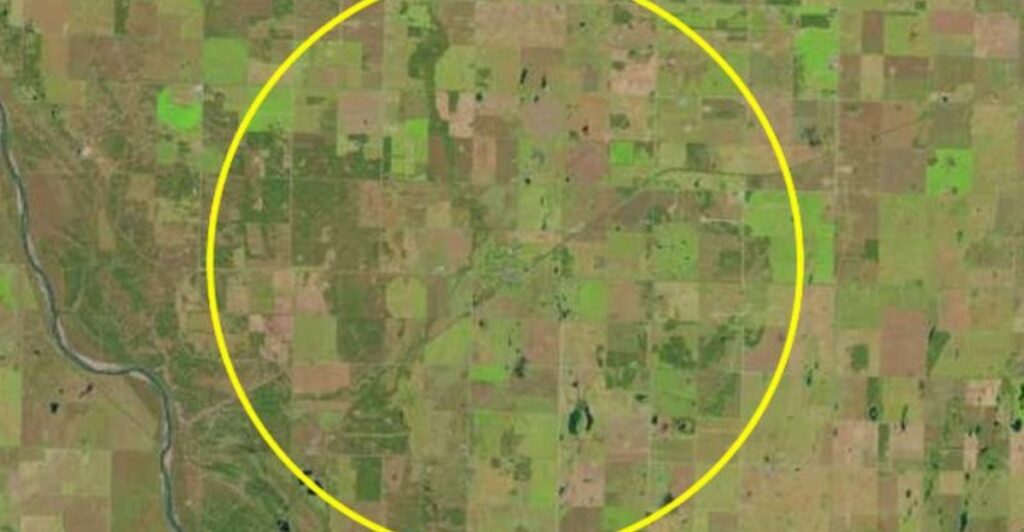
Like the Cloud Creek Crater in Wyoming, the Ames crater was discovered in Oklahoma in the 90s due to drilling operations. Oil deposits were found inside the subterranean crater, which highlights the natural resources that they can sometimes provide.
Haviland Crater, Kansas
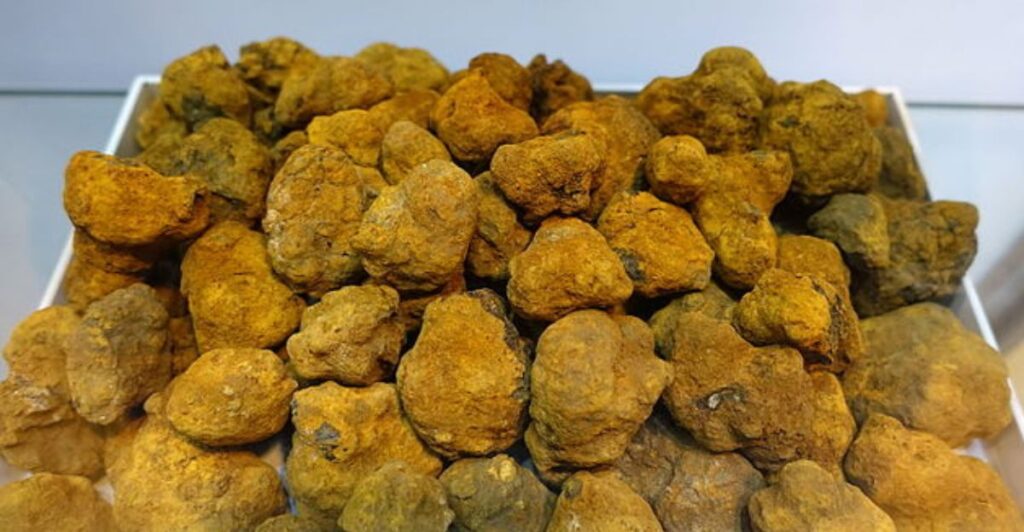
Haviland or Brenham Crater is one of the smallest craters at only about 15 meters across, but it holds historical significance as one of the first meteorite falls captured on camera in the U.S., occurring in 1925.
Marquez Crater, Texas

Marquez Crater lies beneath Texas soil and spans about 13 kilometers across but remained undiscovered until drilling activities revealed its presence in the late ’80s. This site underscores how many craters remain hidden beneath our landscapes yet contribute to our understanding of Earth’s impact on history.
Discover more of our trending stories and follow us to keep them appearing in your feed

California Is Breaking Apart: A Fault Line Is Forming Faster Than Anyone Predicted
Lake Shasta’s Remarkable Comeback From Drought Captured in Stunning Images
“There Will Be Eruptions”: Concerns Mount as Yellowstone Supervolcano Activity Shifts
Climate Change Overestimated? New Data Shows Oceans Are Cooling The Planet Faster Than Predicted
This article first appeared here
Stay connected with us for more stories like this! Follow us to get the latest updates or hit the Follow button at the top of this article, and let us know what you think by leaving your feedback below. We’d love to hear from you!


